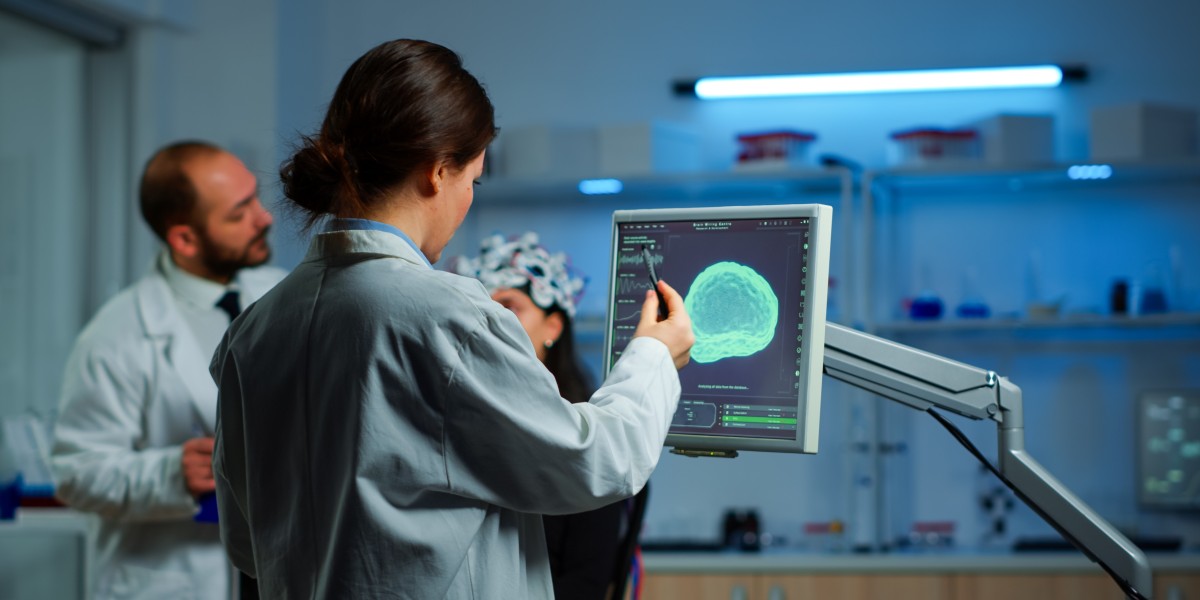Medical imaging such as X-rays, CT scans, MRIs and ultrasounds plays a vital role in diagnosing a wide range of health conditions. However, like all areas of medicine, radiology involves interpretation and interpretations can vary. That’s why more patients and healthcare providers are turning to radiology second opinions to confirm diagnoses, clarify uncertainties, and improve treatment planning.
A Second Opinion in Radiology can provide peace of mind, ensure diagnostic accuracy and even prevent unnecessary procedures. In this article, we explore how getting a second opinion on radiology reports can significantly enhance patient care and lead to better health outcomes.
Why Radiology Interpretation Matters
Radiologists are highly trained medical doctors who analyze images to detect abnormalities, assess disease progression, and assist in treatment planning. While modern imaging techniques are advanced, interpreting them still requires human judgment. This means that two radiologists could sometimes interpret the same image differently, especially in complex or borderline cases.
Because treatment decisions often hinge on radiology reports, even a small discrepancy in interpretation can have major consequences ranging from unnecessary surgeries to missed diagnoses. That’s where a second opinion comes in.
What Is a Radiology Second Opinion?
A radiology second opinion involves having your existing imaging scans reviewed by another board-certified radiologist often one with subspecialty training in the area of concern (such as neuro, musculoskeletal, or breast imaging). Unlike getting re-imaged, a second opinion uses your already existing scans and focuses solely on reviewing and interpreting them anew.
Patients or their referring physicians may request a second opinion when:
The original report is unclear or ambiguous
The diagnosis is serious or life-changing (e.g., cancer)
Treatment options involve invasive procedures
Symptoms don’t match the initial findings
Peace of mind or confirmation is desired
How a Second Opinion in Radiology Improves Diagnosis
1. Confirms or Refines the Original Diagnosis
In many cases, a second opinion confirms the initial radiology report, offering reassurance that the diagnosis is accurate. However, in a significant number of cases, the second reading may find additional issues, refine the diagnosis, or even identify an entirely different condition.
For example, a suspicious lesion originally reported as benign might be reconsidered as potentially malignant upon re-evaluation. Or a second radiologist may detect subtle fractures or early signs of disease that were missed initially.
2. Improves Treatment Planning
Accurate imaging interpretation directly influences treatment decisions. A more precise diagnosis can help your doctor choose the most effective course of action, whether that means avoiding unnecessary surgery or pursuing a more aggressive treatment early on.
For instance, in oncology, a second opinion can clarify the stage of a tumor or assess whether cancer has spread. This can change the entire treatment protocol—from surgery to chemotherapy or radiation therapy.
3. Reduces Diagnostic Errors
Like all fields, radiology is not immune to human error. Fatigue, workload, and complex cases can occasionally lead to oversights. A second opinion acts as a safety net by reducing the chances of misdiagnosis or missed findings.
According to some studies, second-opinion radiology reviews can lead to changes in interpretation in up to 15–30% of cases, depending on the type of imaging and clinical context. These changes can have a significant impact on clinical management.
4. Provides Subspecialty Expertise
Many radiology practices now offer subspecialty reads, which means the radiologist reviewing your scan is an expert in a particular area of the body. This can make a big difference, especially in complex fields like neurology, musculoskeletal injuries, or breast imaging.
If your original scan was read by a general radiologist, seeking a Second Opinion in Radiology from a subspecialist can yield more detailed and accurate findings.
When to Consider a Radiology Second Opinion
You might want to consider a second opinion if:
You have a complex or rare medical condition
The radiology report is vague or contradictory
You’re facing a high-risk or life-changing treatment decision
Your symptoms persist despite a “normal” imaging result
You simply want confirmation before moving forward
Seeking a second opinion is not about doubting your doctor it’s about being proactive in your healthcare. Most physicians welcome additional perspectives and understand that radiology interpretation can be nuanced.
How to Get a Radiology Second Opinion
Getting a second opinion is easier than ever, especially with the growth of teleradiology services. Here’s how the process typically works:
Obtain Your Imaging Scans: You can request a copy of your images (often on a CD or through a digital portal) and the original radiology report from the imaging center or hospital.
Choose a Reputable Radiology Provider: Look for board-certified radiologists, preferably with subspecialty expertise.
Submit Your Case: You’ll upload or mail your images and any relevant clinical information.
Receive a New Report: Within 24–72 hours, you’ll receive a second opinion report, which you can share with your physician.
Some medical centers, academic hospitals, and online platforms offer formal second-opinion services for a fee, while others may be covered by insurance depending on your policy.
Benefits for Both Patients and Providers
While second opinions are often patient-driven, healthcare providers also benefit from them. Doctors can confirm their diagnoses, gain insights from subspecialists, and feel more confident in their treatment decisions. This collaborative approach supports better patient care and reduces medical errors.
Conclusion
A Second Opinion in Radiology is a powerful tool for ensuring diagnostic accuracy and making more informed treatment decisions. Whether you're dealing with a serious health condition or simply want confirmation of your results, a radiology second opinion can bring clarity, confidence, and peace of mind.







